Learning to Love Chicha
A slightly-alcoholic drink made from fermented corn, chicha is a sickly-yellow beverage hugely popular in Bolivia, especially in and around Cochabamba. It’s always homemade, prepared in huge earthenware vats, where the corn mixture is left to ferment for several days.
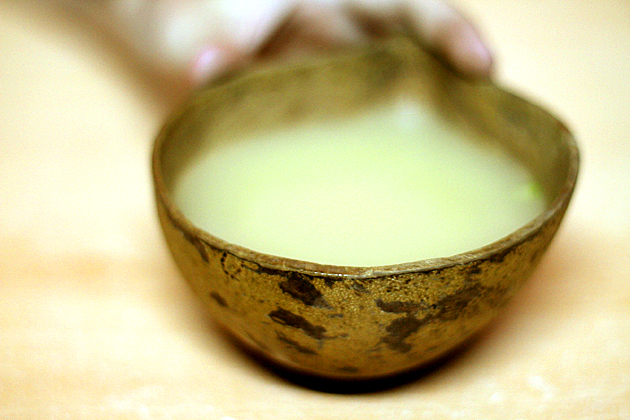
Places which sell chicha can be identified by a flag hung outside the door. A white flag means normal chicha, while a red flag indicates that it was made from purple maize. Chicherías are like beer halls; raucous places which can be found in every town throughout the highlands. Despite their ubiquity, they can be difficult to track down. The one we visited in Sucre had no sign or identifying marker outside the door. You have to be in-the-know.
Chicha can wreak havoc on the stomachs of unprepared foreigners. The stuff isn’t made or served in the most sanitary of conditions and, at least for me, a day of drinking chicha means the next will be spent on the toilet. But it’s a social drink, and you should never refuse when the bowl is passed your way. After splashing a bit on the ground to honor Pachamama, you drink the entire contents of the bowl, not just a sip. It’s sweet and yeasty, a bit like unfinished beer.
We had more than our fair share of the stuff, particularly at the party in Independencia. And while we were in Tarata we had a chance to sample garapiña, which is chicha infused with cinnamon ice cream. With a more agreeable reddish color and sweeter flavor, garapiña is much easier to swallow down.
It’s not by any means our favorite drink, but sampling Chicha is a quintessential Bolivian experience which can’t be skipped.
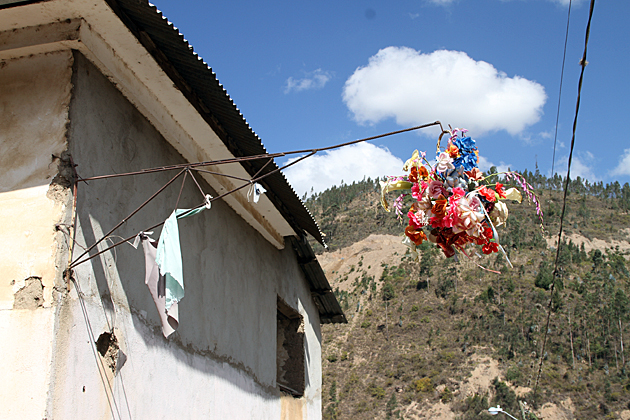
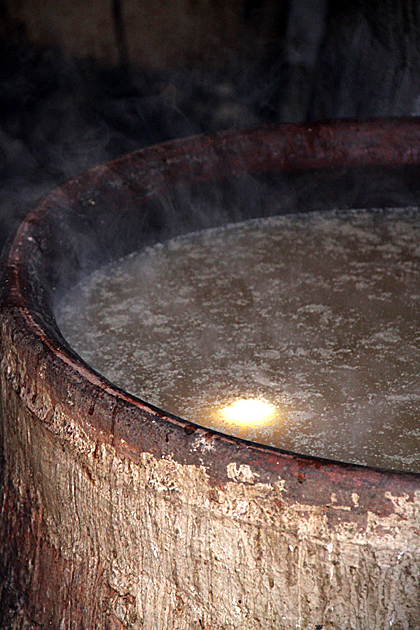

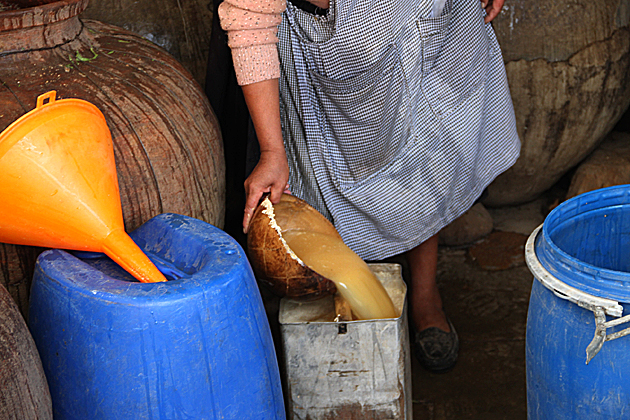
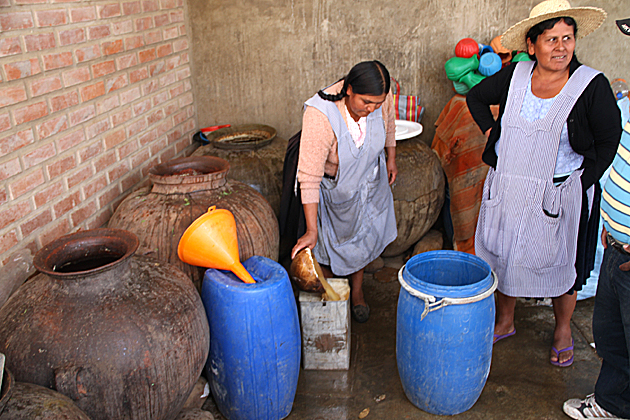

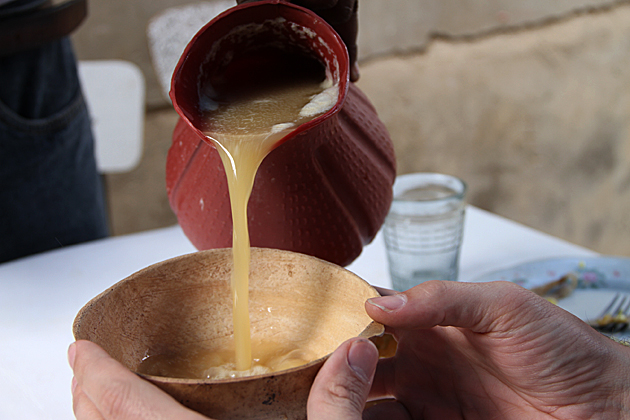
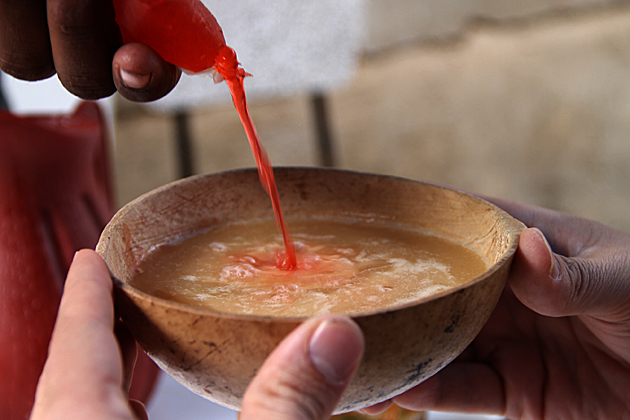
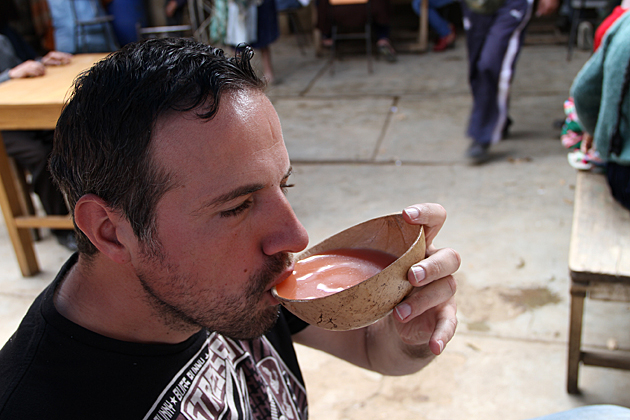
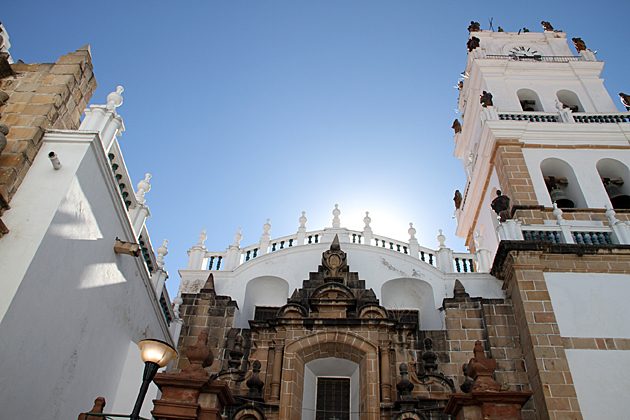
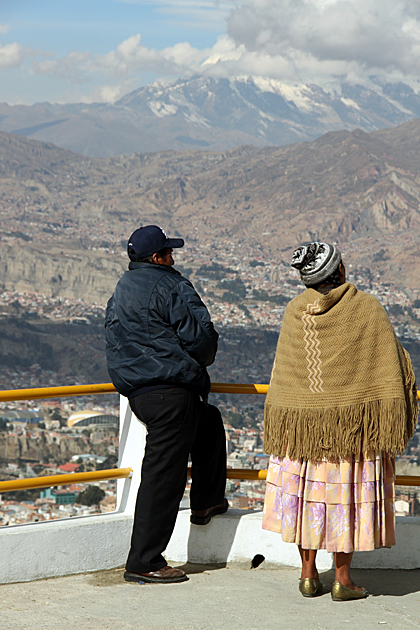
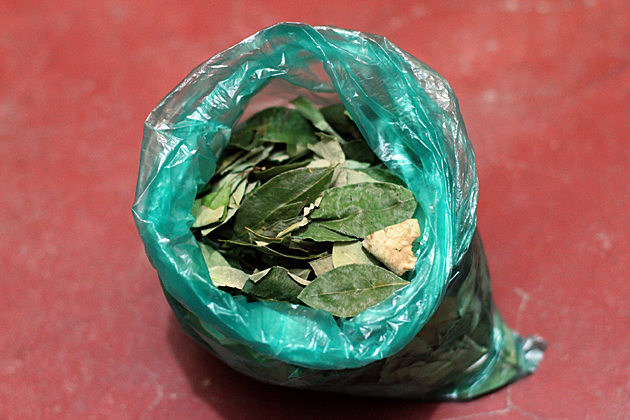

very interesting, cant say its exactly my cup of tea though,thanks for sharing all of these wonderful places and customs with those of us who probably never see this,best wishes to you both…
Pingback: Angry Bird Docking Station / Speaker
Pingback: Angry Bird Docking Station und Lautsprecher
Pingback: A Tour of Sucre With its Working Children | For 91 Days in Bolivia – Travel Blog
Hi I lived in Bolivia almost 6 years but I never got a chicha recipe. If you know the secret I would love to hear it to try and make it here.
HiDoes anyone known the significance of the carved figures, often a pair of yoked oxen with a nam behind a plough, or just a single oxen, found carved into the bottom of traditional wooden chicha bowls?? They would appear to be used at wedding celebrations, are they a fertilty symbol?? For inages see: https://www.facebook.com/groups/GreenWoodWork/743902079063281/?comment_id=744196805700475¬if_t=like